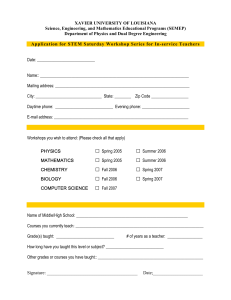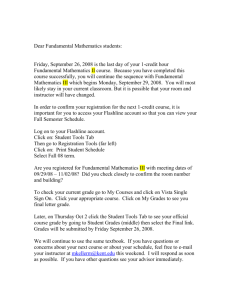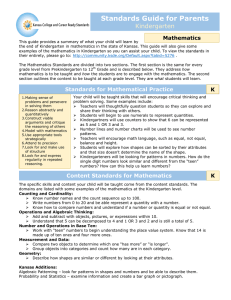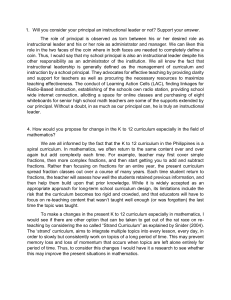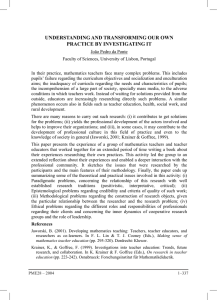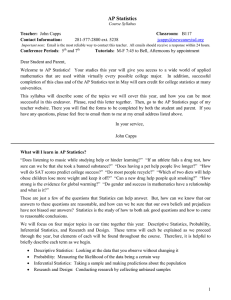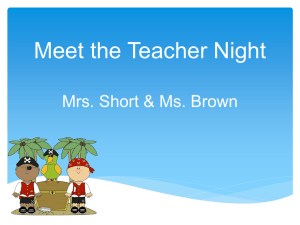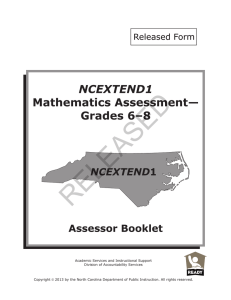Direct vocabulary instruction provides students with surface level
advertisement
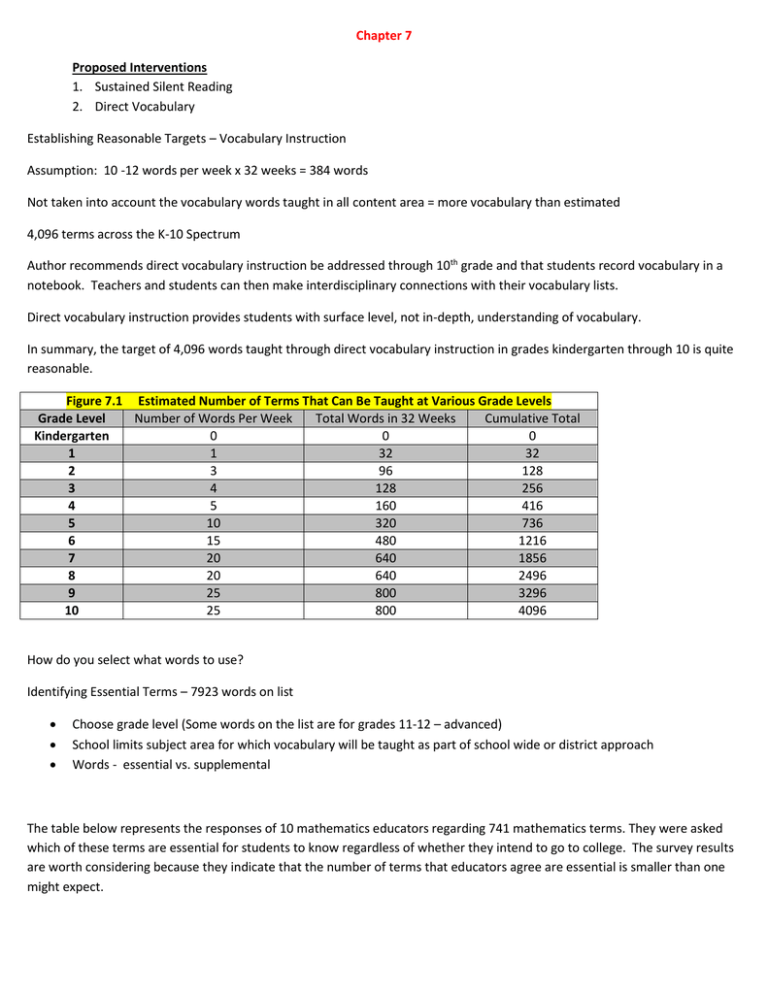
Chapter 7 Proposed Interventions 1. Sustained Silent Reading 2. Direct Vocabulary Establishing Reasonable Targets – Vocabulary Instruction Assumption: 10 -12 words per week x 32 weeks = 384 words Not taken into account the vocabulary words taught in all content area = more vocabulary than estimated 4,096 terms across the K-10 Spectrum Author recommends direct vocabulary instruction be addressed through 10th grade and that students record vocabulary in a notebook. Teachers and students can then make interdisciplinary connections with their vocabulary lists. Direct vocabulary instruction provides students with surface level, not in-depth, understanding of vocabulary. In summary, the target of 4,096 words taught through direct vocabulary instruction in grades kindergarten through 10 is quite reasonable. Figure 7.1 Estimated Number of Terms That Can Be Taught at Various Grade Levels Grade Level Number of Words Per Week Total Words in 32 Weeks Cumulative Total Kindergarten 0 0 0 1 1 32 32 2 3 96 128 3 4 128 256 4 5 160 416 5 10 320 736 6 15 480 1216 7 20 640 1856 8 20 640 2496 9 25 800 3296 10 25 800 4096 How do you select what words to use? Identifying Essential Terms – 7923 words on list Choose grade level (Some words on the list are for grades 11-12 – advanced) School limits subject area for which vocabulary will be taught as part of school wide or district approach Words - essential vs. supplemental The table below represents the responses of 10 mathematics educators regarding 741 mathematics terms. They were asked which of these terms are essential for students to know regardless of whether they intend to go to college. The survey results are worth considering because they indicate that the number of terms that educators agree are essential is smaller than one might expect. Figure 7.2 Mathematics Terms Deemed Essential for All High School Graduates Number of Number of Terms on Which Percentage Cumulative Educators Who They Agreed (Percentages do not add Agreement Agreed That a up to 100 because Given Term Is numbers have been Essential rounded.) 10 299 40.4 9 17 2.3 9 or more 316 8 39 5.3 8 or more 355 7 26 3.5 7 or more 381 6 23 3.1 6 or more 404 5 69 9.3 5 or more 473 4 53 7.2 4 or more 526 3 8 1.4 3 or more 534 2 23 3.1 2 or more 598 1 41 5.5 0 143 19.3 Subject Matter Specialists selected terms from four subject areas: Language Arts, Mathematics, Science and Social Studies for grades 2-6. They organized the words into categories important to each subject area. Grade 6 Example Language Arts Science Mathematics Genres: myths Earth Science: plates Computation and concept of numbers: exponent Text elements: tone Physical Science: energy source Functions and algebra: linear equation Word study: etymology Space Science: solstice Geometry and measurement: congruence Writing: figurative language Statistics and data analysis: frequency Grammar: prepositional phrase Social Studies Research: primary source Culture: social pyramid Speaking/listening: debate Economics: surplus Geography: migration Government: tyranny History: civilization Use systematic assessment to identify progress and ensure adequate exposure to vocabulary. By using these approaches make major strides in closing achievement gap between educationally advantaged and disadvantaged students.
